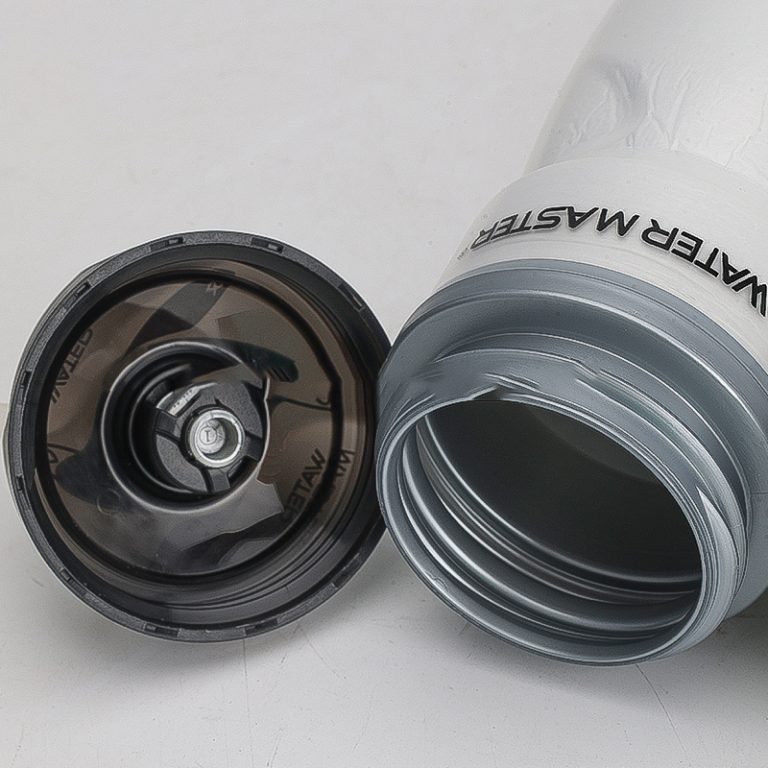The Basics of Plastic Moulding Machine Injection Molding

Plastic moulding machine injection molding is a widely used manufacturing process that involves injecting molten plastic into a mold to create various plastic products. This process is highly versatile and can produce a wide range of products, from small and intricate components to large and complex structures. In this article, we will explore the basics of plastic moulding machine injection molding, including its process, advantages, and applications.
The process of plastic moulding machine injection molding begins with the preparation of the mold. The mold is typically made of steel or aluminum and is designed to have the desired shape and dimensions of the final product. The mold is then mounted onto the injection molding machine, which consists of a hopper, an injection unit, and a clamping unit.
The first step in the injection molding process is the melting of the plastic material. Plastic pellets or granules are fed into the hopper, where they are heated and melted. The molten plastic is then injected into the mold through a nozzle and a runner system. The runner system helps distribute the molten plastic evenly throughout the mold cavity.
| our services | size |
| one-stop services | customization |
Once the mold cavity is filled with molten plastic, the clamping unit of the injection molding machine applies pressure to keep the mold closed. This pressure ensures that the molten plastic takes the shape of the mold cavity and solidifies. The cooling process is crucial as it determines the final properties and quality of the plastic product.
After the plastic has cooled and solidified, the mold is opened, and the plastic product is ejected from the mold cavity. The product is then trimmed and finished to remove any excess material or imperfections. This finishing process may involve cutting, sanding, or polishing, depending on the requirements of the final product.

Plastic moulding machine injection molding offers several advantages over other manufacturing processes. Firstly, it allows for the production of complex and intricate shapes that would be difficult or impossible to achieve with other methods. The high precision and repeatability of injection molding make it ideal for producing parts with tight tolerances.
Additionally, injection molding is a highly efficient process that can produce large quantities of plastic products in a relatively short amount of time. The automation of the injection molding machine allows for continuous production, reducing labor costs and increasing productivity. Moreover, the use of molds enables the production of identical parts, ensuring consistency and quality throughout the manufacturing process.
The applications of plastic moulding machine injection molding are vast and diverse. It is commonly used in the automotive industry to produce various components, such as dashboards, bumpers, and interior trims. The medical industry also relies on injection molding for the production of medical devices, such as syringes, IV components, and surgical instruments.
Furthermore, injection molding is widely used in the consumer goods industry for the production of everyday items, including toys, kitchenware, and electronic enclosures. Its versatility and cost-effectiveness make it a preferred choice for manufacturers across different industries.
In conclusion, plastic moulding machine injection molding is a highly versatile and efficient manufacturing process that allows for the production of a wide range of plastic products. Its precise and repeatable nature, along with its ability to produce complex shapes, make it a preferred choice for many industries. With its numerous advantages and diverse applications, injection molding continues to play a significant role in the manufacturing world.





